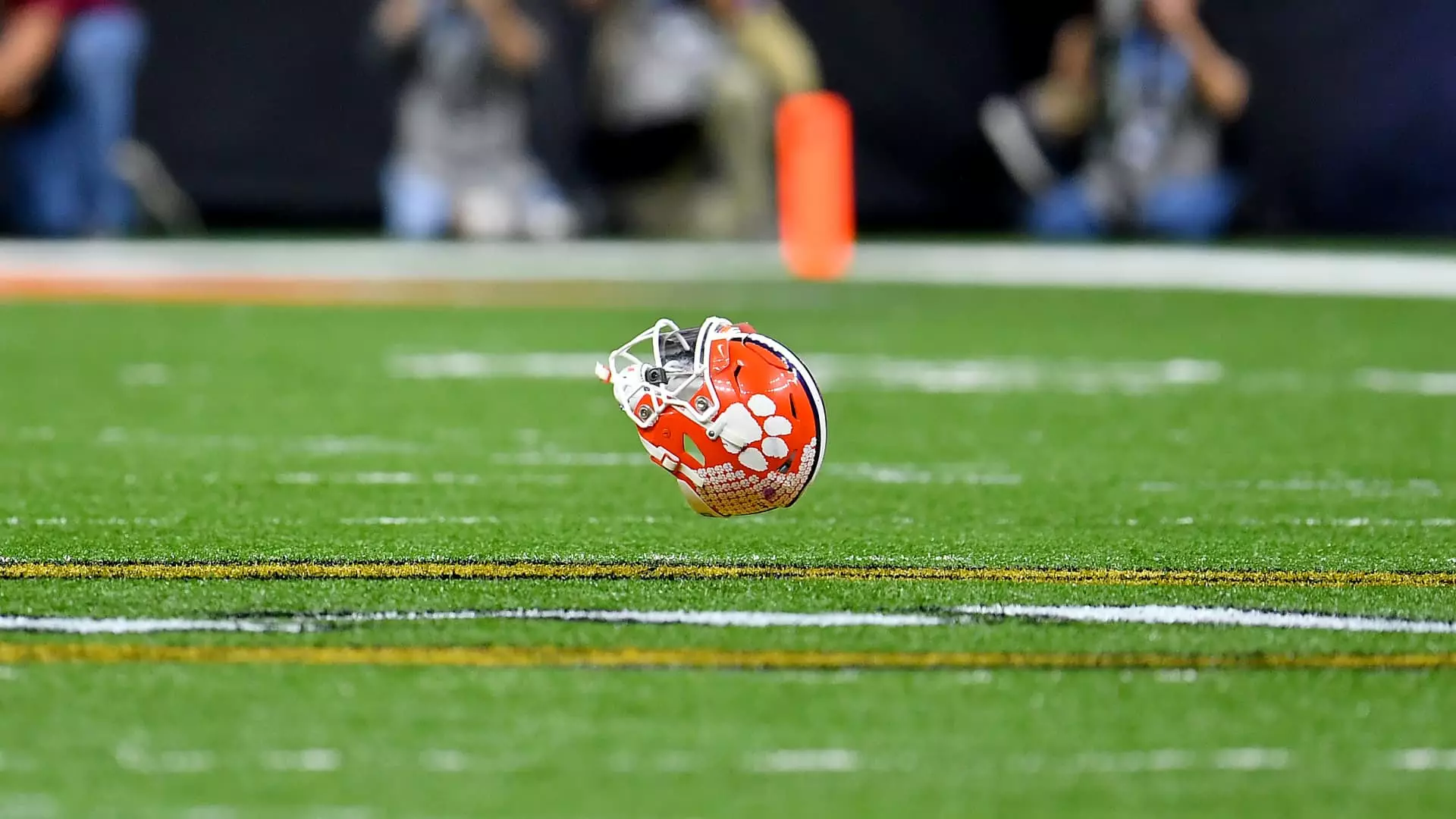The recent agreement between DirecTV and Disney to restore access to ESPN and other networks after a two-week blackout reflects not only the complexities of broadcasting rights in the modern media landscape but also the evolving expectations of consumers. After being off the air since early September due to a breakdown in negotiations over fees and bundling structures, this deal arrives just in time for high-stakes events including college football games and the Emmy Awards. The implications of this agreement reach far beyond simple channel availability, touching on trends in consumer preferences, the future of streaming services, and the shifting dynamics between media companies and pay-TV providers.
The black-out period serves as a stark reminder of the high value consumers place on live sports and immediate access to major events. DirecTV, which caters to over 11 million customers, faced significant backlash when its audiences were deprived access to major events such as the U.S. Open and “Monday Night Football.” This disruption illustrated the deep cultural importance of sports broadcasting and foreshadowed the potential consequences for both companies involved. The fallout from their inability to reach a timely agreement not only affected immediate customers but extended its negative impact to small business owners who typically rely on full sports offerings to attract patrons.
During the blackout, fees and package structuring became sticking points. DirecTV’s push for “skinny bundles,” which offer genre-specific options rather than larger, all-encompassing packages, coupled with Disney’s refusal to accept terms they deemed undervalued resonated deeply. The argument that ensued was less about the worth of the programming and more about the fundamental direction of media consumption in an era increasingly dominated by streaming options.
In a joint announcement, both companies heralded the new agreement as a “first-of-its-kind collaboration,” highlighting the innovative nature of this deal that involves a more tailored customer experience. DirecTV customers can now access various genre-specific options including sports and entertainment, integrating Disney’s expansive properties—including Disney+, Hulu, and ESPN+—into their packages. The deal also extends to the upcoming ESPN flagship streaming service expected to launch in 2025, so customers can access a range of offerings under a single umbrella.
However, integrating streaming services into traditional pay-TV packages raises questions about the long-term viability of conventional broadcasting providers. As viewers increasingly migrate towards on-demand, personalized content delivery systems, the competitive landscape mandates that traditional services adapt quickly or risk obsolescence. DirecTV’s ongoing ad campaign emphasizes its dual status as both a satellite and streaming service provider, reflecting this imperative to evolve.
In the sphere of communication, disputes related to rights and distribution contracts have garnered increasing scrutiny. The black-out highlighted the challenges of maintaining productive relationships between content-producing companies and distributors. DirecTV accused Disney of being “anti-consumer,” while Disney executives criticized DirecTV’s approach as unconstructive. Both companies appeared caught in a deadlock that ultimately proved detrimental to their images and client satisfaction.
Moreover, the blackout coinciding with significant events, such as the presidential debate, cast a spotlight on the need for effective negotiation strategies. Disney’s offer to temporarily provide ABC to DirecTV customers during a crucial news event was dismissed by DirecTV as a mere public relations maneuver. This refusal amplified debates surrounding corporate ethics and consumer interests, leading many to wonder how such experiences can be navigated in the future without resorting to public disruption.
As the landscape of broadcasting continues to shift rapidly, the implications of these negotiations echo in the broader context of media consumption. With the rise of platforms such as Netflix, Amazon Prime, and specialty sports streaming services, traditional television faces mounting pressure. The necessity for greater flexibility, consumer choice, and transparency appears to be the new norm.
The recent agreement between DirecTV and Disney not only resolves a pressing issue of channel access but also signals a significant transition in how media companies must approach negotiations and consumer engagement going forward. As these entities adapt to the changing landscape, their ability to innovate and collaborate will be crucial in retaining their audiences in an increasingly competitive environment. The result may not only redefine their relationship but could also set the tone for similar negotiations across the media industry in the years to come.

